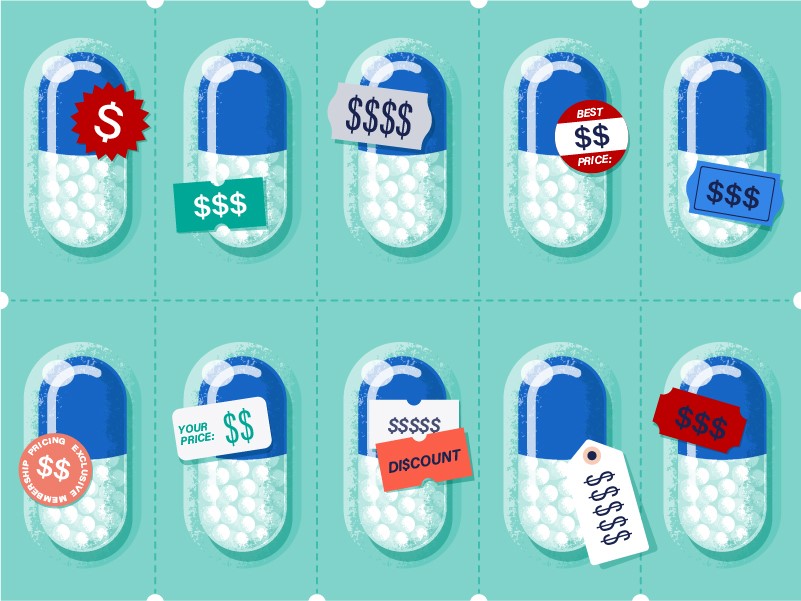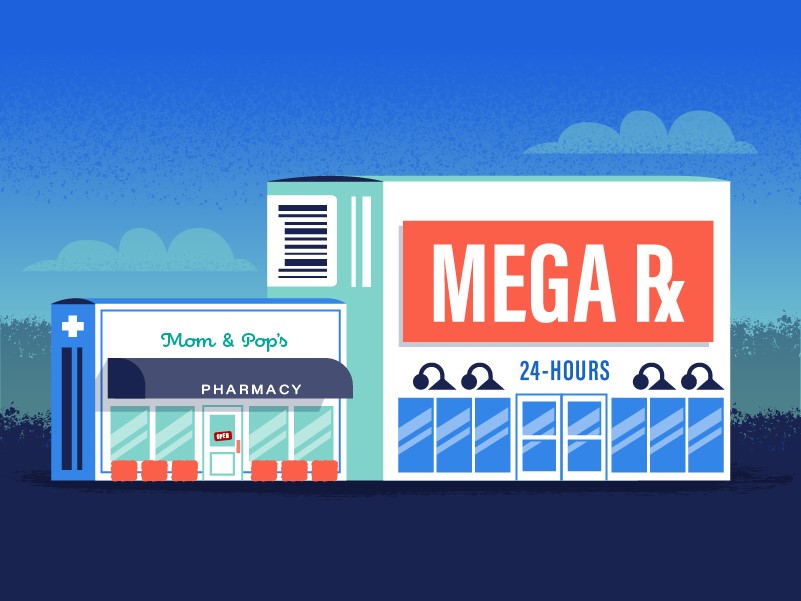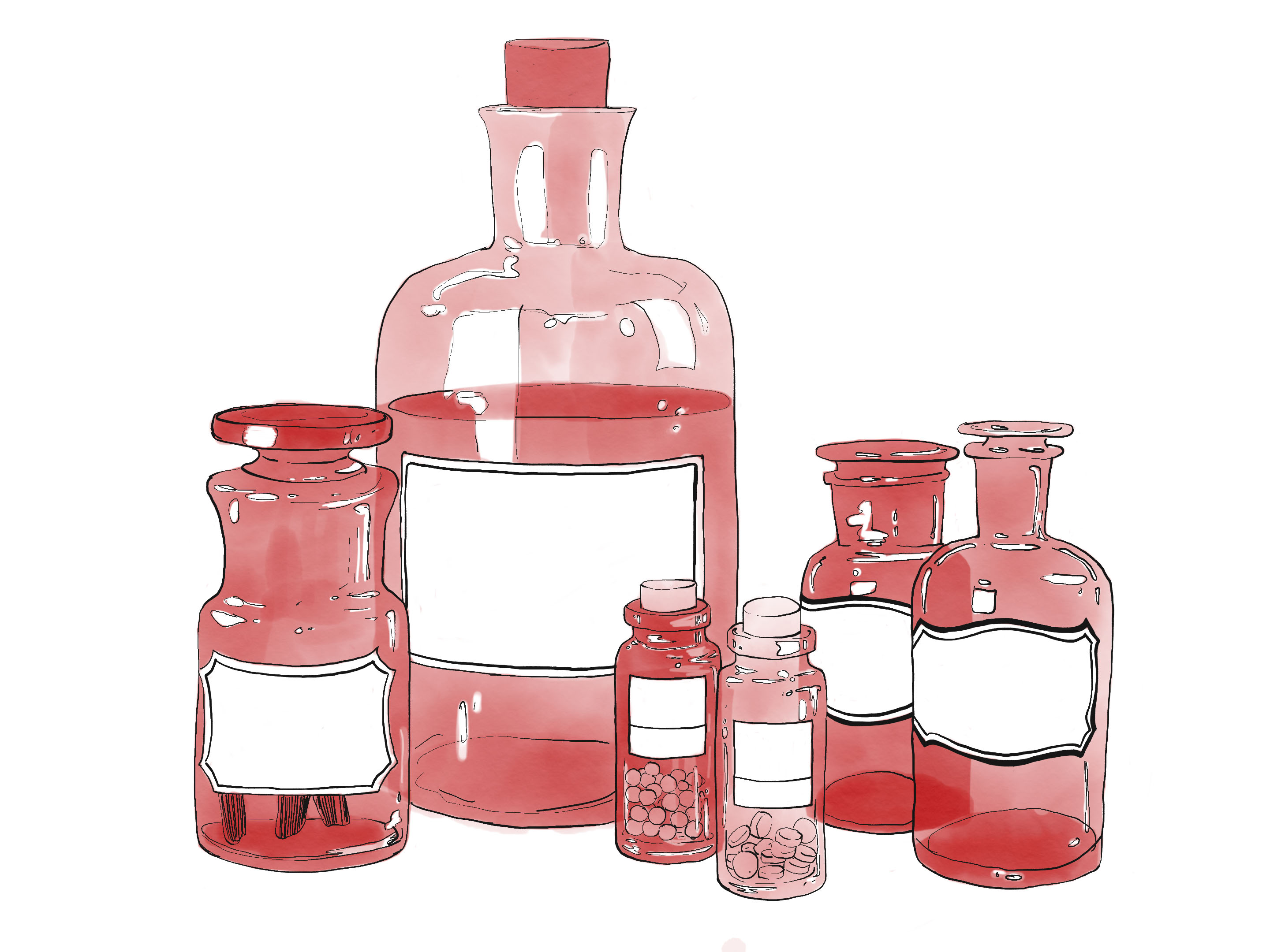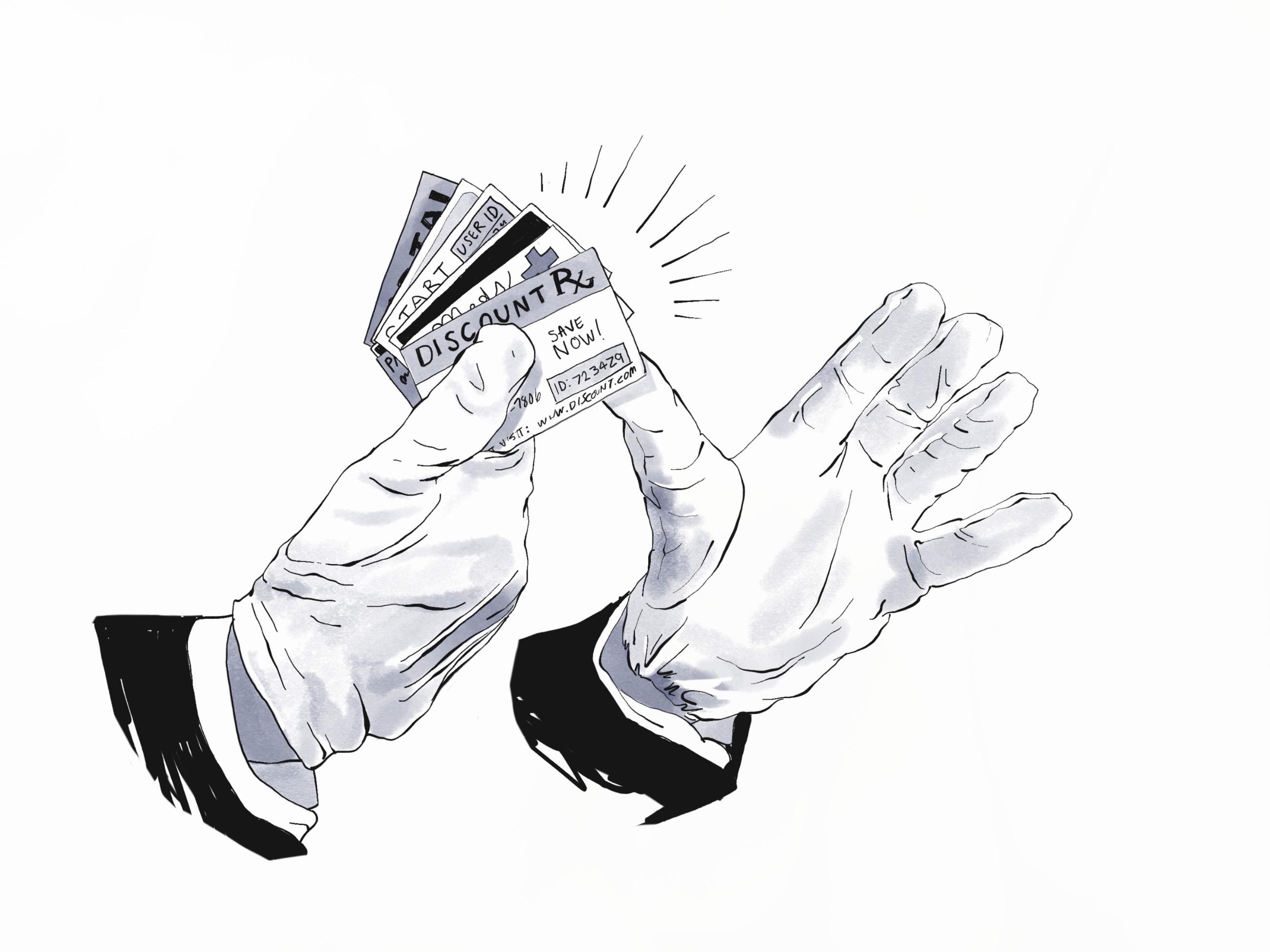Why Changing Your Pharmacy Could Save You Big Money
Prescription prices differ from pharmacy to pharmacy, and even day to day. That’s why it pays to shop your meds.

Would you drive a few extra miles to save money on your prescriptions? What if you could save hundreds — maybe even thousands — of dollars a year?
If you’re uninsured, have a high deductible health plan or health coverage that doesn’t cover certain medications, you could.
That’s according to a 2019 study of more than 250 pharmacies across 11 states. The study found that uninsured or underinsured Americans could save anywhere from $100 to $5,400 a year. Simply from price shopping their prescriptions.[1]
Sound too good to be true?
Take an asthma inhaler. In Ohio, the study found one pharmacy was selling the inhaler for $11.99, while another one was selling the same inhaler for $1,136. Another example found a generic medication to lower cholesterol for $7 or $393 — depending on the North Carolina pharmacy.[1]
You could save anywhere from $100 to $5,400 a year by price shopping prescriptions.[1]
What do we mean by price-shopping prescriptions?
Put simply, the idea is to compare the price of your prescriptions at different nearby pharmacies. (We’ll get into why prices differ later in this story.)
And yet, a Consumer Reports survey found that people don’t often know how effective shopping around can be and rarely comparison-shop for a better deal.[2]
To better get this idea, let’s revisit the recent past.
Not too long ago, you may recall, doctors handed out paper prescriptions. You could take that piece of paper to any pharmacy you wanted. It took extra effort, but many used this approach to compare prices between pharmacies.
When prescriptions went digital, doctors started sending medications straight to the pharmacy. In many ways, this change was incredibly convenient for patients. But it also impacted how much control patients had over their prescriptions by making it harder to compare prescriptions.
Until now, that is.
With digital apps and websites, you can now easily compare prescription prices between nearby pharmacies.
Why do pharmacies charge different prices?
Well, there are a few reasons (which we’ll get into). Among them: a lack of transparency in the pharmaceutical industry, a lack of regulation and awareness, and the generally complex nature of insurance.[3]
Reason 1: Confidentiality = Lack of Transparency
The pharmaceutical industry is a billion-dollar, private and competitive one — and transparency is a challenge. The price that your pharmacy pays to a drug company is confidential. Because of that, the actual pharmacy sets much of the pricing, and it’s one reason prices fluctuate from location to location.
Reason 2: Free Market Prices
We’ll start by saying that government healthcare programs do have some sort of regulation. As a result, customers on Medicaid don’t see the erratic pricing issues that others do. But the pharmaceutical industry is basically a free-market system, meaning the price is the price.
As recently as 2018, the United States had the highest drug prices in the world.[4] Many experts believe a lack of regulation over prescription prices is largely to blame, and it may be the most influential factor when it comes to drug prices.
Reason 3: Insurance In General
Supply and demand, general business costs, and the cost of insurance relative to the market affect drug prices — they all contribute to varying drug prices.
In the natural progression of a prescription fulfillment, only one price point is truly known, and that’s what you — the customer — pays.
Now, with copays, you’re — in most cases — only going to pay one amount (or a percentage) for the prescription. This information is in your healthcare plan. If you have prescription coverage, you’ll pay a copay to have the drug filled and that amount can vary if it’s a generic drug or a brand-name drug.
Is a change in pricing on the horizon?
It’s hard to say.
In late 2019, the U.S. House of Representatives passed a comprehensive bill that, if approved by the U.S. Senate, would reduce consumer spending on prescription drugs by more than half.
It has since stalled and seems to have been deprioritized in the wake of the coronavirus pandemic.
Long story short, a drastic range of prices is the last thing anyone wants to deal with when they need medication.
That’s why it’s important to browse different pharmacies to find the best price.
Having a pharmacist you trust goes a long way, too. They’ll have the most comprehensive information on drug pricing and can help you find lower costs if you ask.
You can also save money on your prescriptions by skipping insurance when paying for your meds
Learn MoreSources
[1] “The Real Price of Medications,” U.S. Public Interest Research Group, March 2019
[2] “Shop Around For Lower Drug Prices,” Consumer Reports, April 2018
[3] Why Are Drug Prices So Different At Different Pharmacies? PharmacyChecker.com, February 2019
[4] “The true story of America’s sky-high prescription drug prices,” Vox, May 10, 2018
[5] CoverMyMeds Patient and Provider Surveys, 2020
Rob Mixer is a writer and content marketer based in Columbus, Ohio. He has nearly 10 years of experience in professional sports and advertising, with clients such as Root Insurance, Ashcroft, Club Car, The Athletic and more.
Jeremy Slagle is a graphic designer and illustrator based in Columbus, Ohio. With more than 25 years of experience, Jeremy has worked with clients such as Nickelodeon, Bath & Body Works, Jeni’s Splendid Ice Creams, Wired Magazine and more.
This article was last updated May 19, 2020






